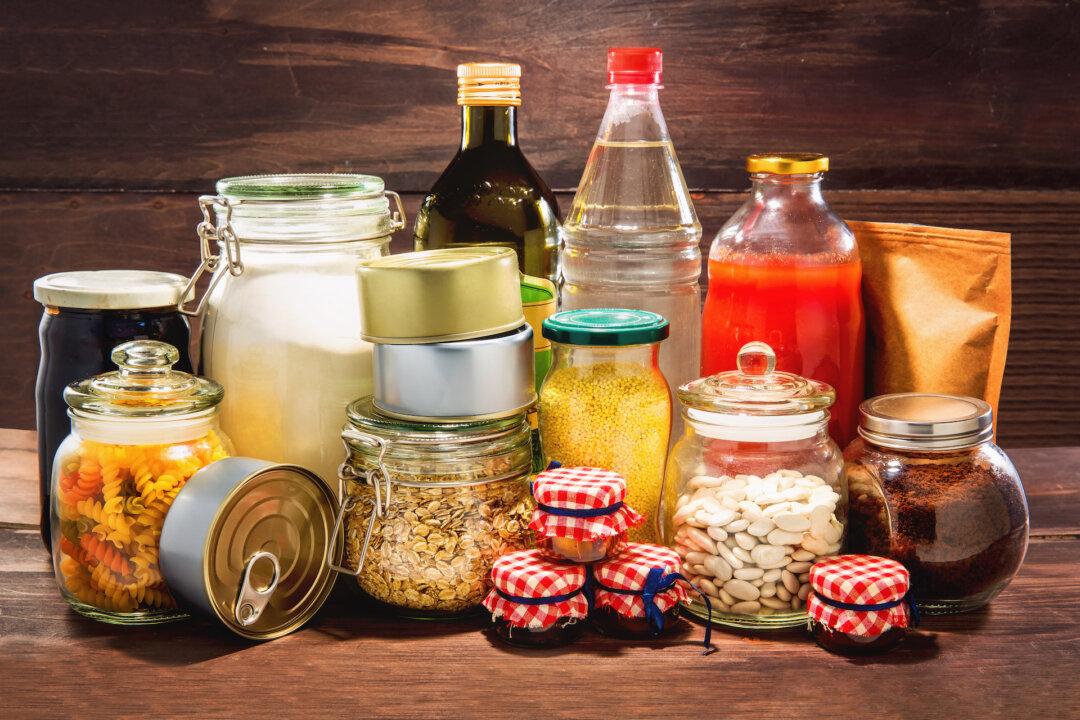Stockpiling groceries sounds like something only the most dedicated coupon clippers would do. But the truth is, it’s a smart way to stretch your grocery dollars without needing a doctorate in bargain hunting. Think of it as building a little fortress of savings in your pantry—one that protects you from outrageous prices and unforeseen food shortages, and keeps your family fed without breaking the bank.
So you’re already using coupons, price matching, and perhaps even paying with cash. But you still feel like there’s more you could be doing to save money.





